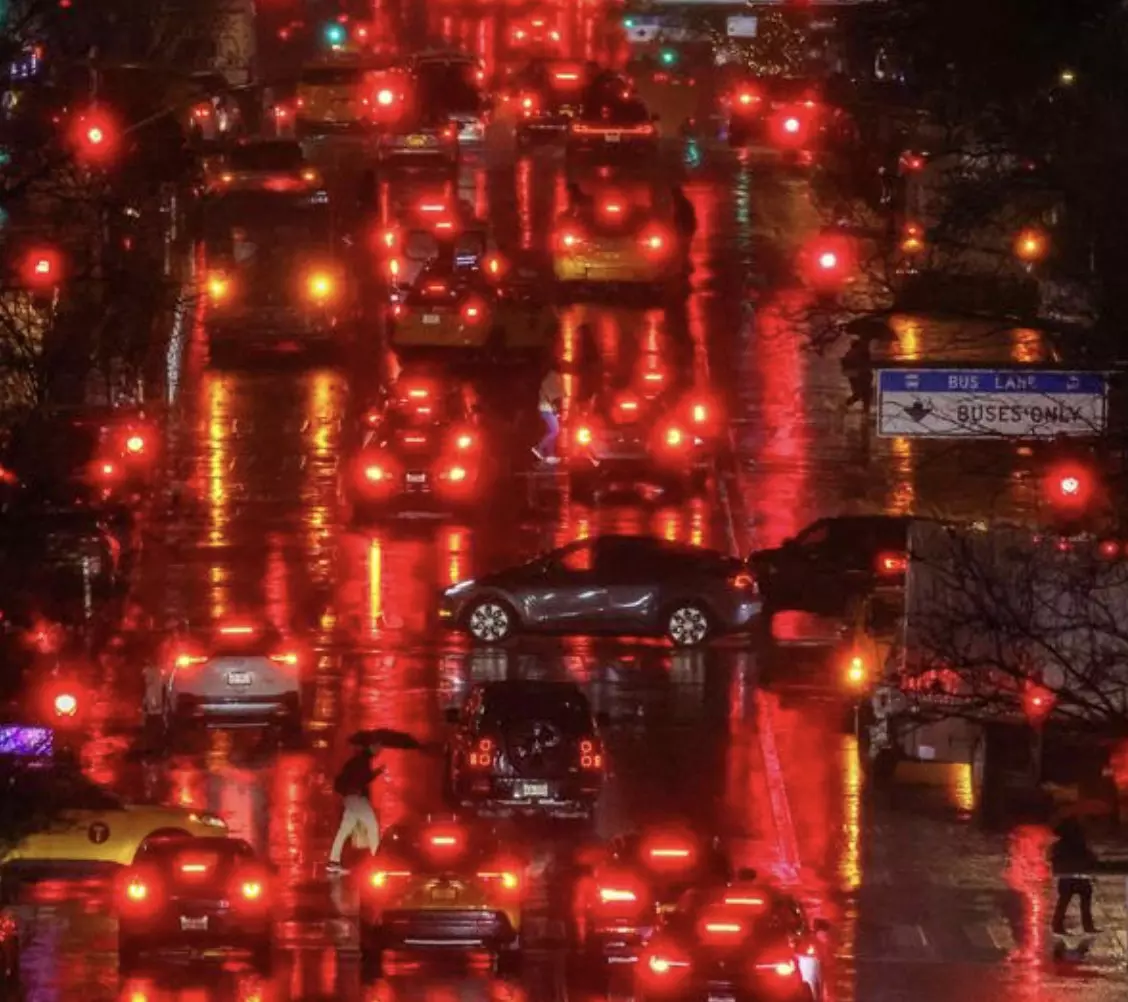New York launches landmark congestion pricing plan
New York launches landmark congestion pricing plan

In a first for the United States, New York City implemented a congestion pricing plan on Sunday, covering Lower and Midtown Manhattan. The move aims to reduce traffic and generate significant funding for transportation infrastructure.
Under the new system, vehicles entering the congestion relief zone will be tolled, with charges varying based on vehicle type, time of entry, payment method, and applicable crossing credits. Discounts and exemptions are available for certain drivers and vehicles.
Passenger cars, small commercial vehicles, trucks, buses, and motorcycles will be charged once daily for entry, while taxis and for-hire vehicles will incur tolls for each trip within, to, or from the zone. The toll rates are set to increase in 2028 and 2031 as initial discounts are gradually reduced.
The Metropolitan Transportation Authority (MTA) estimates the plan will reduce vehicle entries into the zone by 10% and overall vehicle miles traveled within it by 5%. The initiative is expected to generate $1 billion annually, contributing to a $15 billion capital improvement fund for the city's transit system.
Despite sparking controversy and multiple lawsuits from opponents in New York and neighboring New Jersey, efforts to block the plan failed, allowing the groundbreaking initiative to move forward.

